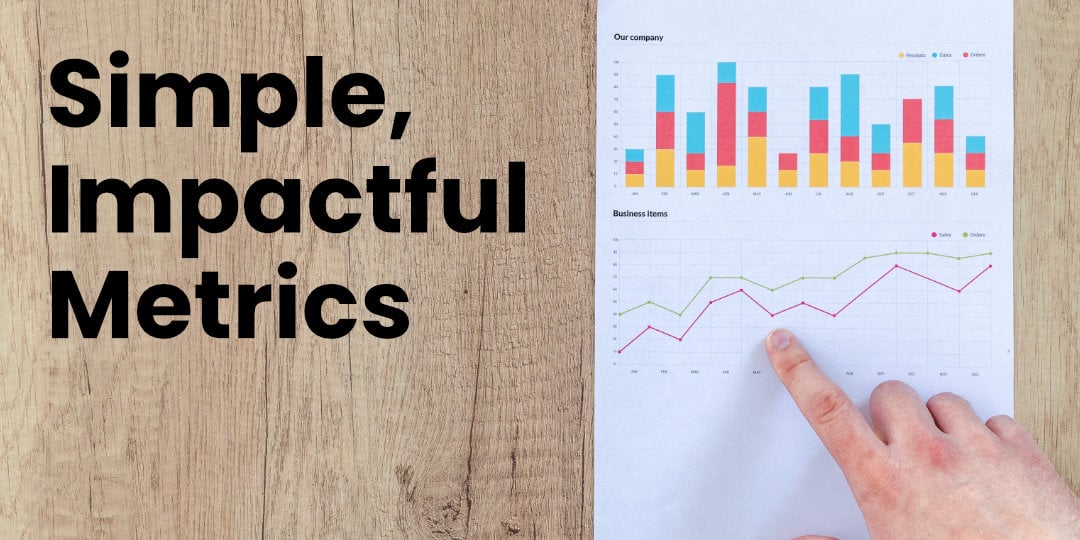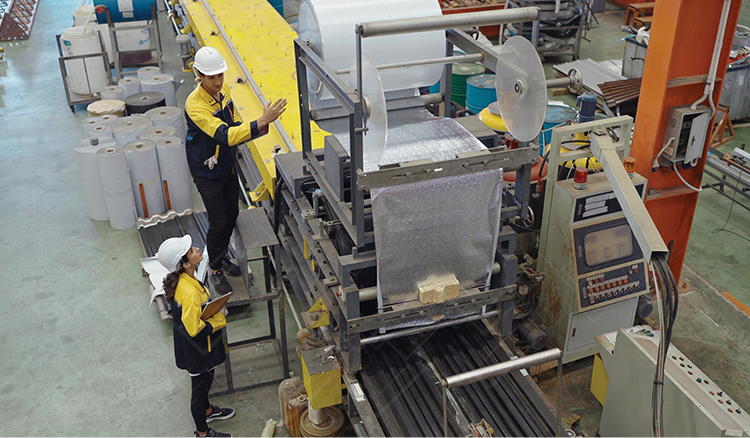Why Simple, High-Impact Metrics are the First Step to Data Maturity
Data maturity is a skill which, just like any other skill, requires an initial foundation of knowledge and practice with incremental advancement until excellence is achieved.
In my last article, we covered the foundational knowledge needed to begin your journey into data maturity in manufacturing. In this piece, I will introduce the idea of simple, high-impact metrics, why they are the first true step in the path to data maturity, and how to track them. I’ll conclude by discussing how Veryable can help you achieve your data goals.
What are Simple, High-Impact Metrics?
Simple, high-impact metrics are vital metrics correlating to a business’s level of operational excellence that can often go untracked by operational leaders. It takes time and effort to uncover these metrics and begin tracking them, but the rewards are great.
When you see the roadmap for data maturity laid out, it can often be overwhelming. The list of metrics important to operational efficiency is long, and the amount of data collection methods and softwares are continuously growing. The question that tends to go unanswered is, “Where do I start?”.
That’s where simple, high-impact metrics come in. They do not require special software or extra man hours on the shop floor to compute. They are easy to understand, yet they reveal key insights about your business. These metrics are divided into three categories: business metrics, peak season metrics, and general metrics.

Business metrics with high impact
Business metrics encompass general labor metrics as well as baseline productivity metrics. For labor, these help track how you’re currently matching your labor with your demand and the costs associated with your labor force design. For productivity, these metrics assess your current operational efficiency.
The metrics that fall under this category are:
- Number of full time employees (FTE’s)
- Average hourly rate
- Annual attrition percentage
- Hiring cost per employee
- Cost per unit
- Outbound weekly units
- Lead time (Time from order placement to order delivery)
Peak season metrics with high impact
Peak season metrics track descriptive data on your highest season of volume. Your peak season is the toughest season to maintain operational efficiency, and tracking how your labor design and your productivity changes during these periods is imperative in determining the right path forward. Improving your peak season efficiencies and reducing your peak season overtime usage will yield savings during your most strenuous operational period.
These metrics are:
- Peak season duration
- Peak season start & end date
- Peak season hires
- Seasonal hours/week
General metrics with high impact
General metrics are additional business metrics that encompass general data on total hours of labor used and specifics on overtime usage and costs. Knowing your labor hours is a key component to understanding your per-hour efficiencies and where your labor constraints lie.
These metrics are:
- Weeks in fiscal year
- Hours per week
- OT hourly rate
- OT hours used
- Peak season OT hours
The Operational Impact of These Metrics
Reducing lead time, overtime usage, and cost per unit while increasing productivity is the North Star for many manufacturers. The goal is not disputed, yet the road to achieving operational excellence is often foggy.
Starting with low-hanging fruit like tracking the metrics above will be a quick win to build momentum and make the next steps clearer. These metrics also have immediate value as actionable insight into your operations. You may be surprised to find out just how much hiring and turnover costs are constraining your revenue. These are the two areas in which simple, high impact metrics are going to yield the biggest operational results.
How to Track Simple, High Impact Metrics
Many of these metrics can be determined even if they aren’t already documented, because they can be derived from other data points you almost certainly do have. For example, finding your FTE count can be done by looking at an employee roster. Other metrics such as cost per unit or weekly outbound units can be found by tracking order data and labor costs (both fixed and variable). These are harder to uncover, but with the right tools they become much more manageable.
The most common way to capture this data is in spreadsheet software, although software solutions like MES systems or WMS systems exist to help track and analyze some of these metrics.
What’s Next?
The metrics I’ve presented are not a secret. In fact, many manufacturers have them on hand. However, it’s important to remember that you must get what you’re paying for when you invest in the tools and time necessary to track metrics accurately. Namely, the goal is to gain visibility into your processes so you can keep your top and bottom lines healthy.
What most people miss is that simple, high-impact metrics all enable a very high-leverage activity: rethinking the labor equation. Utilizing these metrics to reshape your labor model to truly match your demand is the first step in the right direction to achieving operational excellence, and can deliver significant value to your facility on its own.
Previous Posts
How Policy Constraints, Not Just Production Bottlenecks, Threaten Your Bottom Line
The Future of Manufacturing and Logistics
Create a free business profile today to explore our platform.






